Home>Garden Essentials>How To Set Up A Puppy Play Area
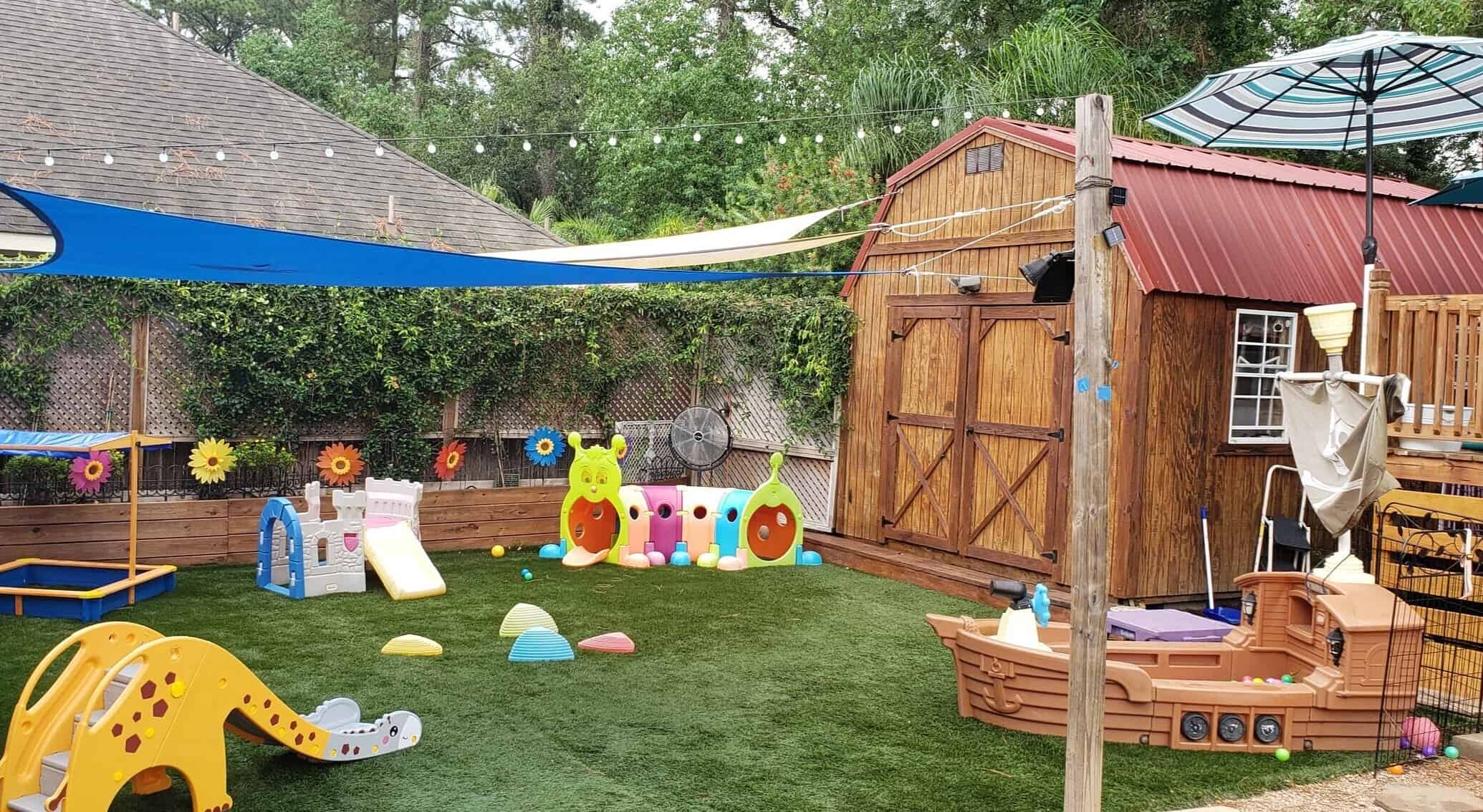

Garden Essentials
How To Set Up A Puppy Play Area
Modified: August 26, 2024
Create the perfect puppy play area in your garden with our step-by-step guide. Keep your furry friend safe and entertained with this expert advice.
(Many of the links in this article redirect to a specific reviewed product. Your purchase of these products through affiliate links helps to generate commission for Storables.com, at no extra cost. Learn more)
Introduction
Welcome to the wonderful world of puppy parenthood! As a new puppy owner, one of the key elements to consider is creating a safe and engaging play area for your furry companion. A dedicated puppy play area will not only provide them with a designated space to play and explore, but it will also help keep them out of trouble and protect your home from any potential damage.
In this article, we will guide you through the process of setting up an ideal puppy play area, from choosing the right space to ensuring their safety and providing interactive elements for their entertainment. So, grab your toolbox and let’s get started!
Key Takeaways:
- Create a safe and engaging play area for your puppy by choosing the right space, ensuring safety, and providing interactive toys. This fosters a happy and healthy environment for your furry friend to thrive.
- Establish a routine for your puppy’s play area to provide structure and predictability. Consistent playtime, training, and rest schedules help your puppy feel secure and comfortable while promoting their overall well-being.
Read more: How To Set Up Play Area With Vive
Choosing the Right Space
When it comes to selecting the perfect location for your puppy’s play area, there are a few factors to consider. First and foremost, choose an area that is easily accessible and allows your puppy to be part of the family’s activities. This will help them feel included and prevent them from feeling isolated.
Next, take into account the size of your puppy and how much space they will need to move around comfortably. If you have a small breed, a corner of a room or a designated area in the living room might suffice. However, if you have a larger breed, you may need to dedicate a whole room or a section of your yard for their playtime.
It’s also important to select a space that is easily cleanable. Accidents happen, especially during the initial stages of housetraining. Opt for an area with flooring that can be easily wiped or mopped. Avoid carpeted areas, as they can be challenging to clean and may retain odors.
Lastly, ensure that the chosen space has adequate ventilation and natural light. Fresh air and natural sunlight are essential for your puppy’s overall well-being. If possible, position their play area near a window or patio door to allow for plenty of natural light. However, make sure to take precautions to keep your puppy safe from direct sunlight and extreme temperatures.
Remember, the goal is to create a space where your puppy feels comfortable and secure, while also being practical for both you and your furry friend.
Puppy Safety Precautions
Creating a safe environment for your puppy is paramount to their well-being. Here are some essential safety precautions to keep in mind when setting up their play area:
- Remove Hazards: Before letting your puppy loose in their play area, thoroughly inspect the space and remove any potential hazards. This includes small objects that they could swallow, toxic plants, electrical cords, or any sharp or dangerous items.
- Gates or Barriers: If you’re using a designated room for your puppy’s play area, install baby gates or barriers to prevent them from wandering off into potentially dangerous areas of your home.
- Safe Boundaries: If your puppy’s play area is outdoors, make sure to secure the space with a sturdy fence to keep them from venturing out into traffic or encountering other hazards in the neighborhood.
- Noise Reduction: Puppies have sensitive hearing, so it’s important to minimize any loud noises or sudden sounds that could startle or stress them. Consider placing their play area away from loud appliances or construction areas.
- Secure Objects: Ensure that any furniture or items in the play area are anchored or secured properly. Puppies love to explore, climb, and chew on things, so taking steps to prevent accidents or injuries is crucial.
By implementing these safety precautions, you can rest assured that your puppy will be able to play and explore their surroundings without any unnecessary risks. Creating a safe space will also give you peace of mind, allowing you to enjoy quality time with your puppy.
Flooring and Surface Options
Choosing the right flooring and surface for your puppy’s play area is essential for their comfort, safety, and overall well-being. Here are some options to consider:
- Hardwood or Laminate: Hardwood or laminate flooring is a popular choice as it is easy to clean and maintain. However, keep in mind that puppies may slip on these surfaces, so it’s important to provide additional traction with rugs or mats.
- Tile or Vinyl: Tile or vinyl flooring is another practical option for puppy play areas. It is durable, water-resistant, and easy to clean. To add extra cushioning and prevent slipping, you can place foam tiles or soft area rugs on top.
- Carpet: If you prefer a softer surface for your puppy’s play area, carpet can be a cozy choice. However, keep in mind that accidents happen, and it may be more difficult to clean compared to hard surfaces. Opt for stain-resistant carpet and consider using carpet tiles that can be easily replaced if needed.
- Outdoor Options: If you have a spacious backyard or outdoor area, you can create a designated puppy play area by using artificial turf, pea gravel, or rubber mats. These options provide a soft surface for your puppy to play and explore, while also being easy to clean and maintain.
Regardless of the flooring or surface option you choose, it’s essential to provide additional padding and traction to ensure your puppy’s safety. Use rugs or mats to add cushioning and prevent slipping. If you opt for an outdoor play area, consider using portable fencing or an exercise pen to create a secure space.
Remember, the flooring and surface you choose should be easy to clean, non-toxic, and provide a comfortable environment for your puppy’s playtime activities.
Setting up Crate or Bed Area
A crate or bed area within your puppy’s play space is essential for creating a comfortable and secure spot for them to rest and relax. Here are some tips to help you set up their crate or bed area:
- Choose the Right Size: Select a crate or bed that is appropriate for your puppy’s size and breed. It should be spacious enough for them to turn around and stretch out comfortably.
- Add Soft Bedding: Line the crate or bed with soft bedding to provide a cozy and comfortable area for your puppy to rest. Use blankets, towels, or specially designed pet beds that are easy to clean and machine washable.
- Create a Enclosed Space: If you’re using a crate, consider covering it with a crate cover or a blanket to create a den-like environment. This provides your puppy with a sense of security and reduces visual stimuli that might distract them from resting.
- Location: Place the crate or bed area in a quiet corner of the play space, away from any drafts or direct sunlight. This will help your puppy feel safe and comfortable while they nap or relax.
- Positive Association: Make the crate or bed area a positive space by using treats, toys, or praise to encourage your puppy to go inside. This will help them associate the area with positive experiences and make them more likely to use it willingly.
Remember, a crate or bed area should never be used as a form of punishment. It should be a place where your puppy can retreat to, relax, and feel safe. By creating a comfortable and inviting space, you will help foster good sleep habits and give your puppy a sense of security in their play area.
When setting up a puppy play area, make sure to include soft bedding, safe toys, and a designated potty area. This will help keep your puppy entertained and comfortable while also promoting good potty habits.
Read more: How To Set Up A Play Area For A Bird
Toys and Interactive Elements
No puppy play area is complete without an array of toys and interactive elements to keep your furry friend entertained and stimulated. Here are some ideas to consider when selecting toys and interactive elements:
- Chew Toys: Puppies have a natural instinct to chew, so having a variety of chew toys will help satisfy this urge and keep their teeth healthy. Look for toys made of durable materials that are specifically designed for teething puppies.
- Puzzle Toys: Interactive puzzle toys are a great way to mentally stimulate your puppy and keep them engaged. These toys often have hidden treats or compartments that require problem-solving skills to access, providing mental exercise and entertainment.
- Plush Toys: Soft plush toys are perfect for snuggling and providing comfort to your puppy. Look for toys with different textures and squeakers to add extra excitement and engagement.
- Balls and Fetch Toys: Playing fetch is a classic game that can provide both physical exercise and mental stimulation for your puppy. Invest in some durable balls or fetch toys that are safe for your puppy to chase and retrieve.
- Tug Toys: Tug-of-war is a fun and interactive game that can help strengthen the bond between you and your puppy. Choose sturdy tug toys that are designed for puppies to prevent any accidental injuries.
- Interactive Treat Dispensers: Treat-dispensing toys are a fantastic way to keep your puppy entertained while rewarding them with tasty treats. These toys often require your puppy to work for their treats, such as pushing or rolling the toy to release a treat.
Rotate the toys regularly to keep them interesting and prevent your puppy from getting bored. Always supervise playtime to ensure their safety and remove any broken or damaged toys that could pose a choking hazard.
Remember, providing a variety of toys and interactive elements will help keep your puppy mentally stimulated, physically active, and happy in their play area.
Puppy-Proofing the Play Area
Ensuring the safety of your puppy is crucial, and puppy-proofing their play area is an essential step in creating a secure environment. Here are some tips to help you puppy-proof the play area:
- Secure Electrical Cords: Puppies have a knack for chewing on anything they can find, including electrical cords. Keep all cords out of reach or use cord protectors to prevent your puppy from getting injured or causing damage.
- Remove Toxic Plants: Some common household plants can be toxic to puppies if ingested. Research and remove any potentially harmful plants from your puppy’s play area to avoid any health issues.
- Store Cleaning Supplies Securely: Cleaning supplies, detergents, and other household chemicals should be stored in cabinets or drawers that are securely closed and out of your puppy’s reach. These substances can be toxic if ingested.
- Secure Trash Cans: Ensure that your puppy cannot access the trash cans in their play area. Use a lidded or locked trash can to prevent them from rummaging through and potentially consuming anything harmful.
- Remove Small Objects: Puppies are naturally curious and may try to play with small objects that can be a choking hazard. Scan the play area regularly and remove any small toys, buttons, or other objects that could be swallowed.
- Block Off Restricted Areas: Use baby gates or barriers to block off areas that are not puppy-proofed or contain hazards, such as staircases, balconies, or rooms with valuable or fragile items.
Additionally, keep an eye out for any potential escape routes. Your puppy’s play area should have secure fencing or barriers to prevent them from wandering off into unsafe areas.
Puppy-proofing is an ongoing process, as puppies grow and their abilities change. Regularly assess the play area for any new potential hazards, and make adjustments as needed.
Remember, ensuring a safe and secure play area will help you provide a worry-free environment for your puppy to play, explore, and thrive.
Monitoring and Supervision
While creating a safe and engaging play area for your puppy is important, it is equally crucial to provide consistent monitoring and supervision. Here are some tips on how to effectively monitor and supervise your puppy in their play area:
- Stay Nearby: Whenever your puppy is in their play area, make it a habit to stay nearby. This allows you to keep a watchful eye on their activities and quickly intervene if needed.
- Be Attentive: Pay attention to your puppy’s body language and behaviors. This will help you anticipate any potential issues or discomfort they may be experiencing. Promptly address any signs of distress or anxiety.
- Avoid Distractions: When supervising your puppy, minimize distractions such as phone calls or social media. Focusing on your puppy will allow you to fully engage with them and prevent any accidents or undesirable behavior.
- Intervene when Necessary: If you notice your puppy chewing on forbidden items or displaying inappropriate behavior, redirect their attention to an appropriate toy or activity. Use positive reinforcement when they engage in desired behaviors.
- Prevent Rough Play: Monitor any interactions between your puppy and other pets or children to ensure that play remains gentle and respectful. Step in and redirect if play becomes too rough or potentially harmful.
- Supervise Playtime: While toys and interactive elements are important, it’s essential to supervise playtime to prevent any accidents or the ingestion of small toy parts. This step ensures your puppy’s safety and well-being during their play sessions.
Remember, puppies are curious and can get into mischief even in a well-designed play area. Regular monitoring and supervision will help ensure their safety, prevent unwanted behavior, and allow you to address any issues promptly.
By actively engaging with your puppy in their play area, you are not only safeguarding them but also building a strong bond and providing essential guidance as they explore their surroundings.
Establishing a Routine
Creating a routine for your puppy’s play area is crucial for their overall well-being. Routines provide structure and predictability, which can help your puppy feel secure and comfortable. Here are some tips on establishing a routine for their play area:
- Schedule Playtime: Set a consistent schedule for when your puppy will have dedicated playtime in their designated area. This could be in the morning, afternoon, and evening, or multiple short sessions throughout the day. Regular playtime will help burn off excess energy and keep your puppy mentally stimulated.
- Include Training Time: In addition to playtime, incorporate short training sessions into your routine. This could include basic obedience commands or fun tricks. Training sessions not only provide mental stimulation but also help strengthen the bond between you and your puppy.
- Mealtime Routine: If possible, feed your puppy in their play area to further associate it with positive experiences. Stick to a regular feeding schedule to establish consistency and aid in potty training. Remove any uneaten food after a reasonable time to avoid attracting pests.
- Potty Breaks: Schedule regular potty breaks for your puppy, both within their play area and outside. Consistency in timing will help them develop good bathroom habits and prevent accidents in their play space.
- Maintain Sleep Schedule: Puppies need plenty of sleep to support their growth and development. Establish a designated resting area within their play area, and ensure they have a quiet and comfortable spot to nap. Stick to a consistent sleep schedule to help regulate their energy levels.
- Rotate Toys: To keep your puppy engaged and prevent boredom, rotate their toys regularly. Introduce new toys periodically and remove those they have lost interest in. This will keep their play area fresh and exciting.
Consistency is key when establishing a routine for your puppy’s play area. Stick to the established schedule as closely as possible, as this will help your puppy understand expectations and reduce any anxiety or uncertainty.
Remember, while a routine provides structure, it’s also important to be flexible and adaptable to your puppy’s needs. Observe their behavior and adjust the routine as necessary, making sure to prioritize play, rest, training, and social interaction.
Read more: How To Set Up A Toddler Play Area
Conclusion
Creating a well-designed and engaging play area for your puppy is an essential part of their development and overall happiness. By considering factors such as the space, safety precautions, flooring options, crate or bed area, toys, puppy-proofing, monitoring, and establishing a routine, you can create a safe and enjoyable play environment for your furry friend.
Choosing the right space and ensuring it is puppy-proofed will provide a secure area where your puppy can play and explore freely. Selecting appropriate flooring and surface options will contribute to their comfort and safety during playtime. Setting up a comfortable crate or bed area will offer them a cozy space to relax and rest. Providing a variety of toys and interactive elements will keep them mentally stimulated and help prevent boredom. Monitoring and supervising your puppy’s playtime will ensure their safety and allow you to address any issues promptly. Establishing a routine for their play area will provide structure and consistency, promoting a sense of security and well-being.
Remember, as a responsible puppy owner, it’s important to continuously assess and update your puppy’s play area as they grow and their needs change. Regularly inspect for any potential hazards, rotate toys, and adjust routines accordingly to cater to their evolving requirements.
Creating a dedicated play area for your puppy not only enhances their physical and mental well-being but also allows them to have their own space within your home. It fosters a sense of belonging and provides a safe and engaging environment for them to thrive. So, grab those toys, set up their play area, and watch as your puppy explores, learns, and grows into a happy and healthy companion.
Frequently Asked Questions about How To Set Up A Puppy Play Area
Was this page helpful?
At Storables.com, we guarantee accurate and reliable information. Our content, validated by Expert Board Contributors, is crafted following stringent Editorial Policies. We're committed to providing you with well-researched, expert-backed insights for all your informational needs.
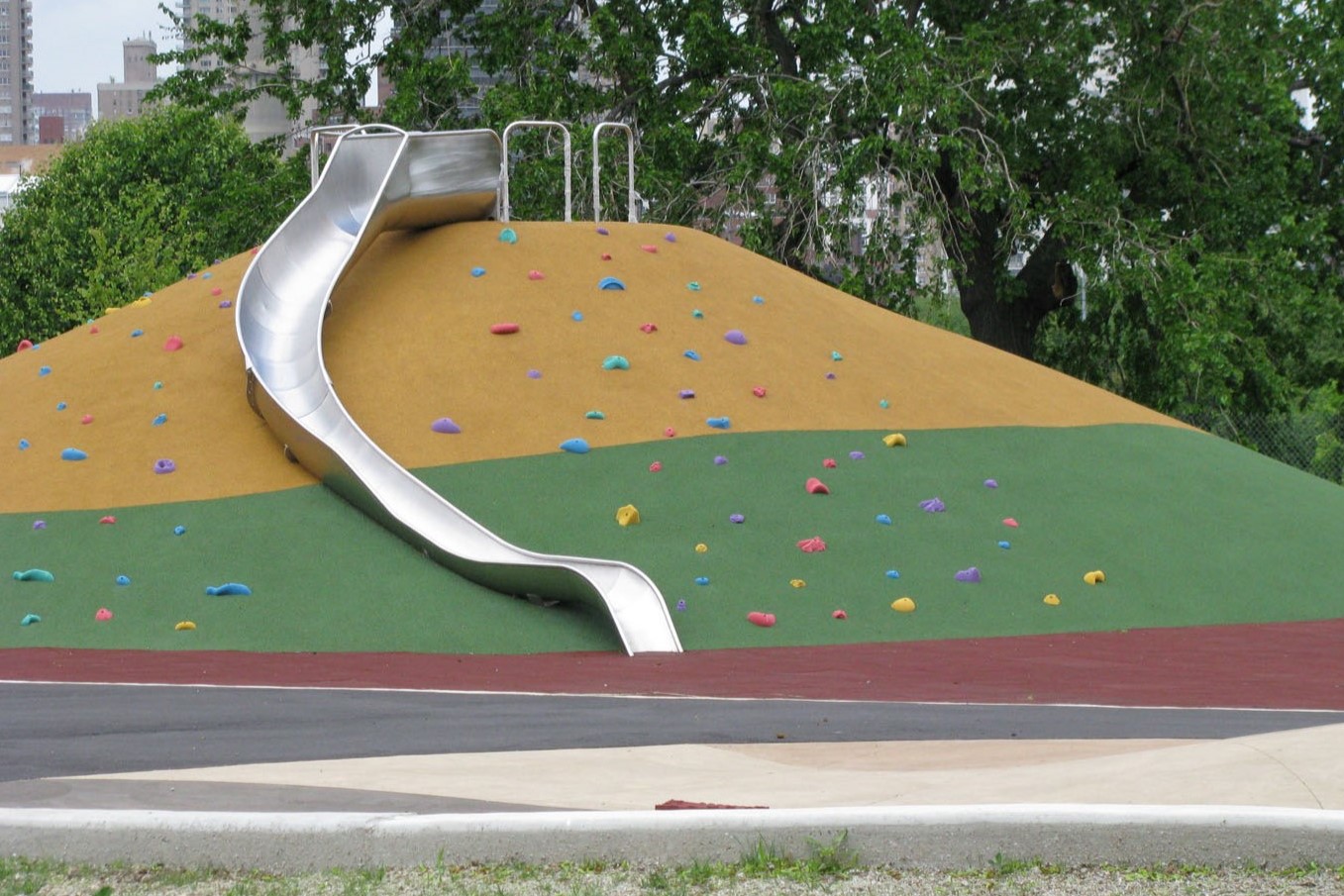
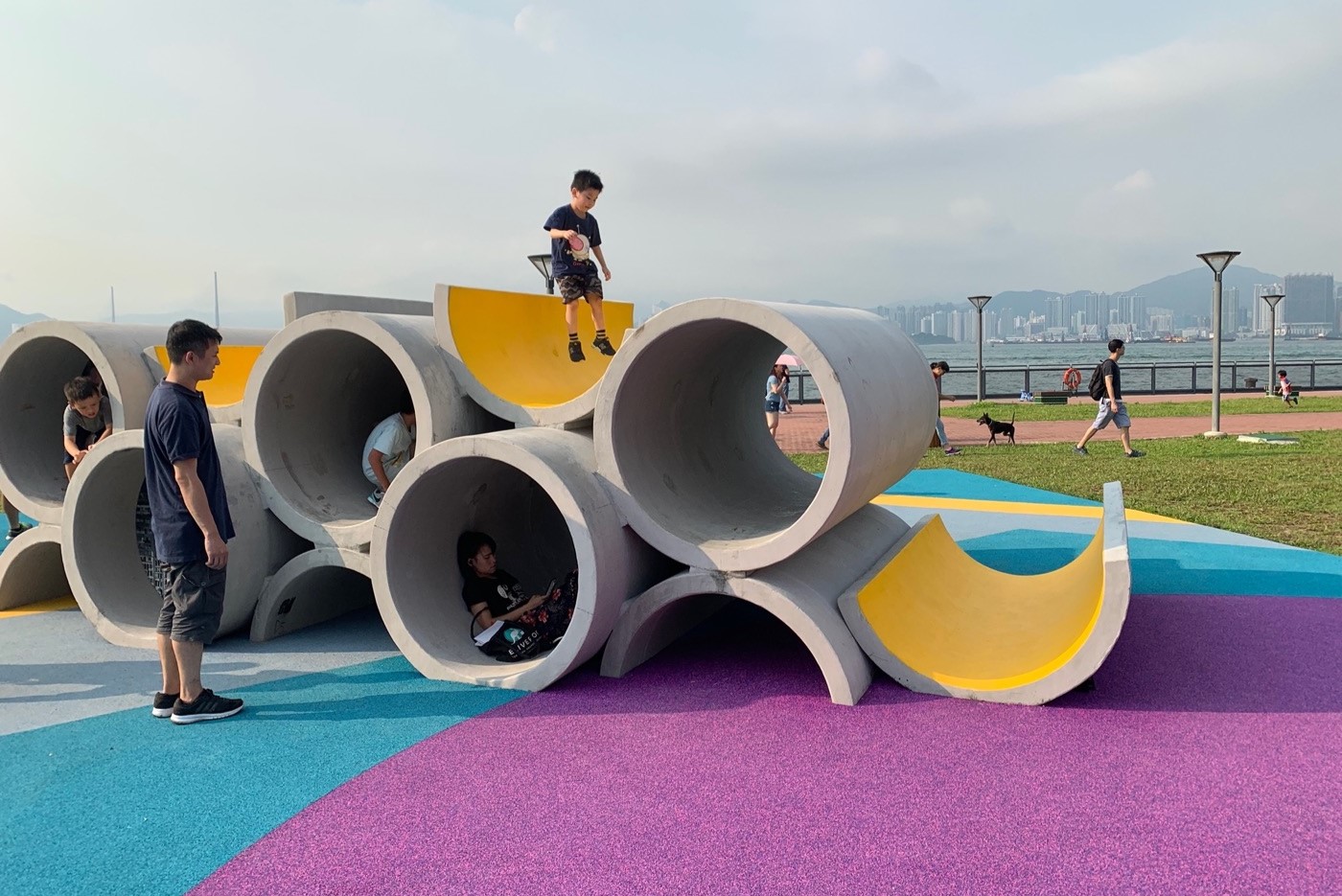
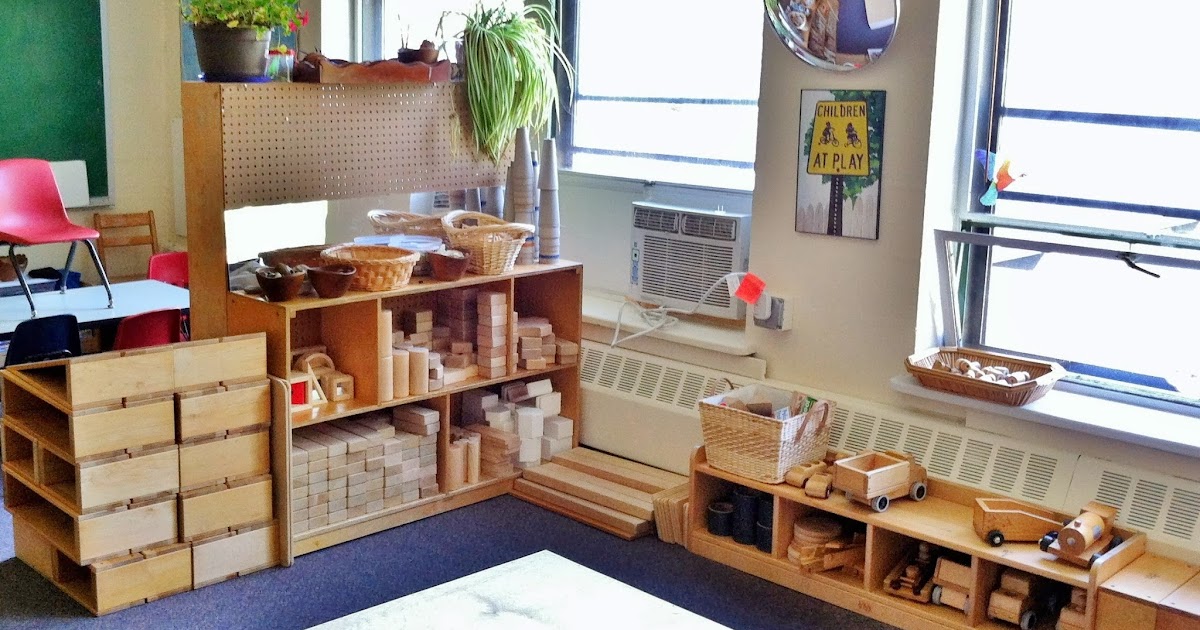
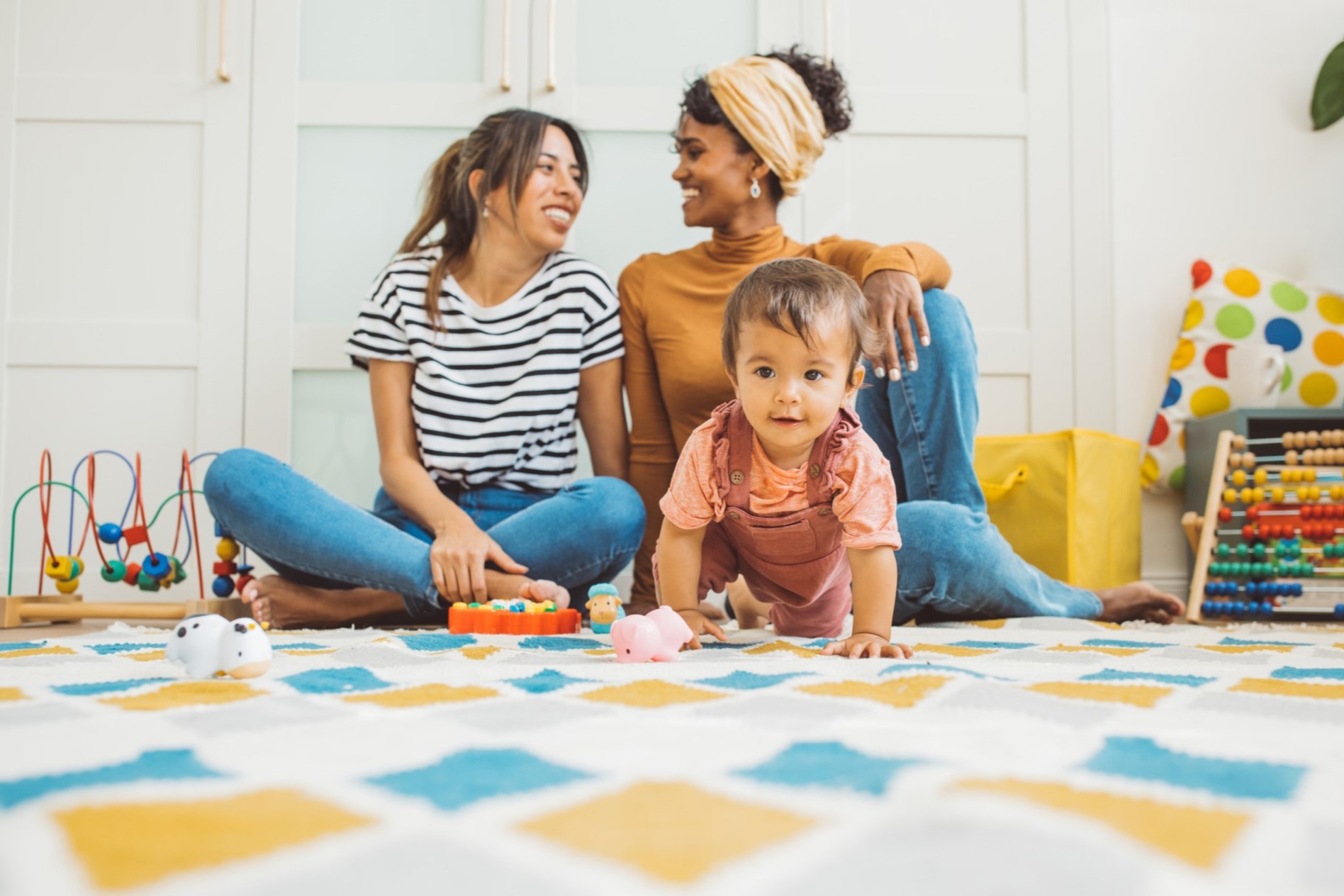
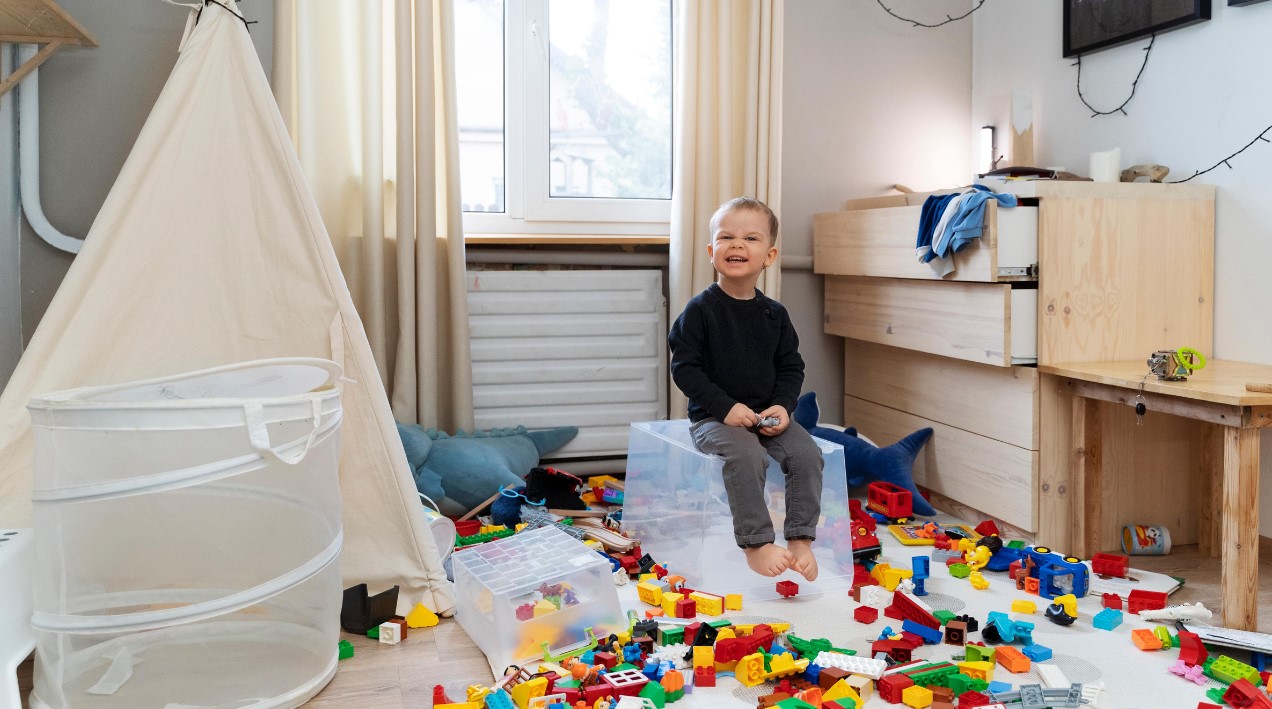
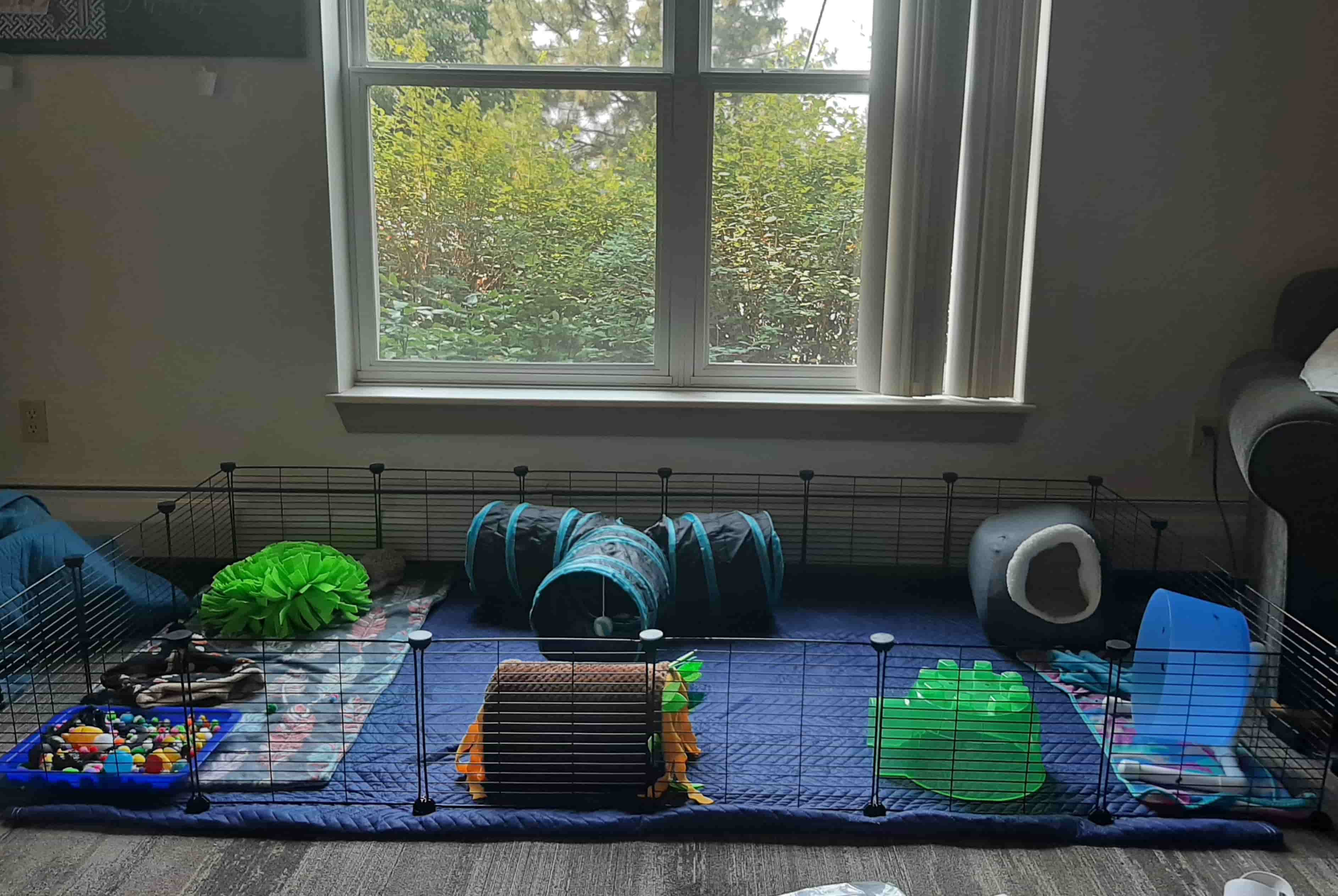
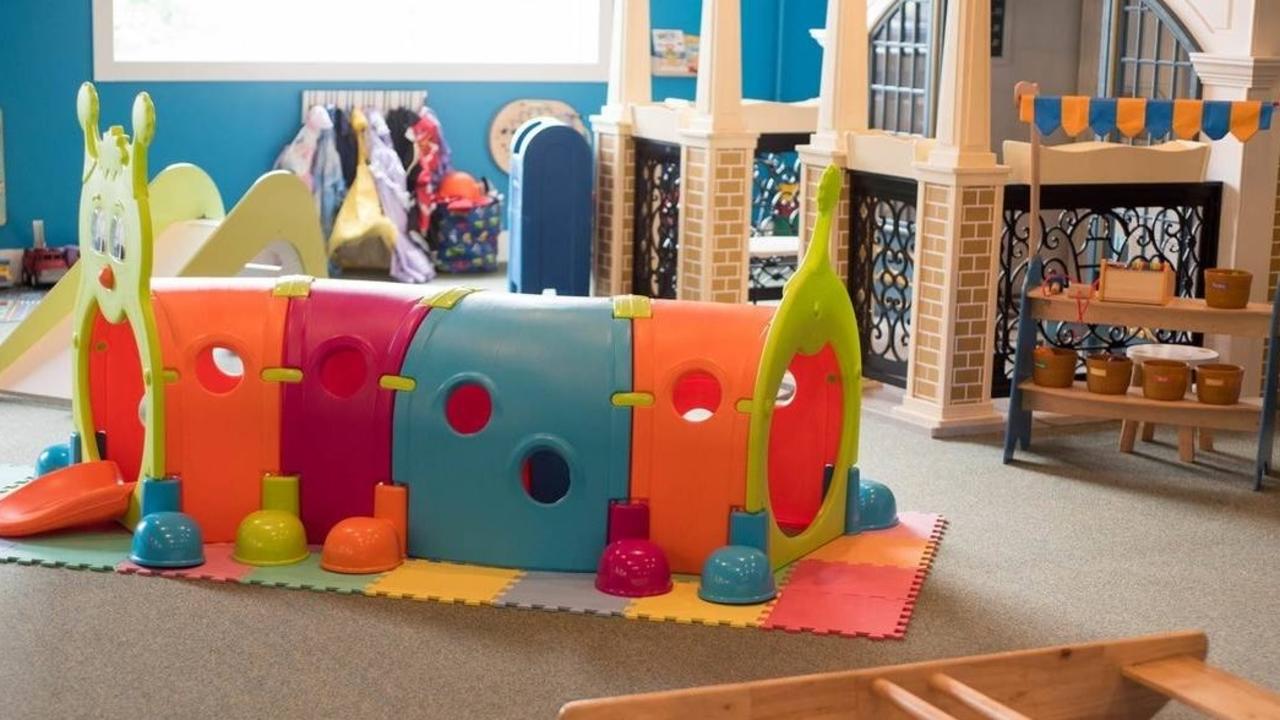
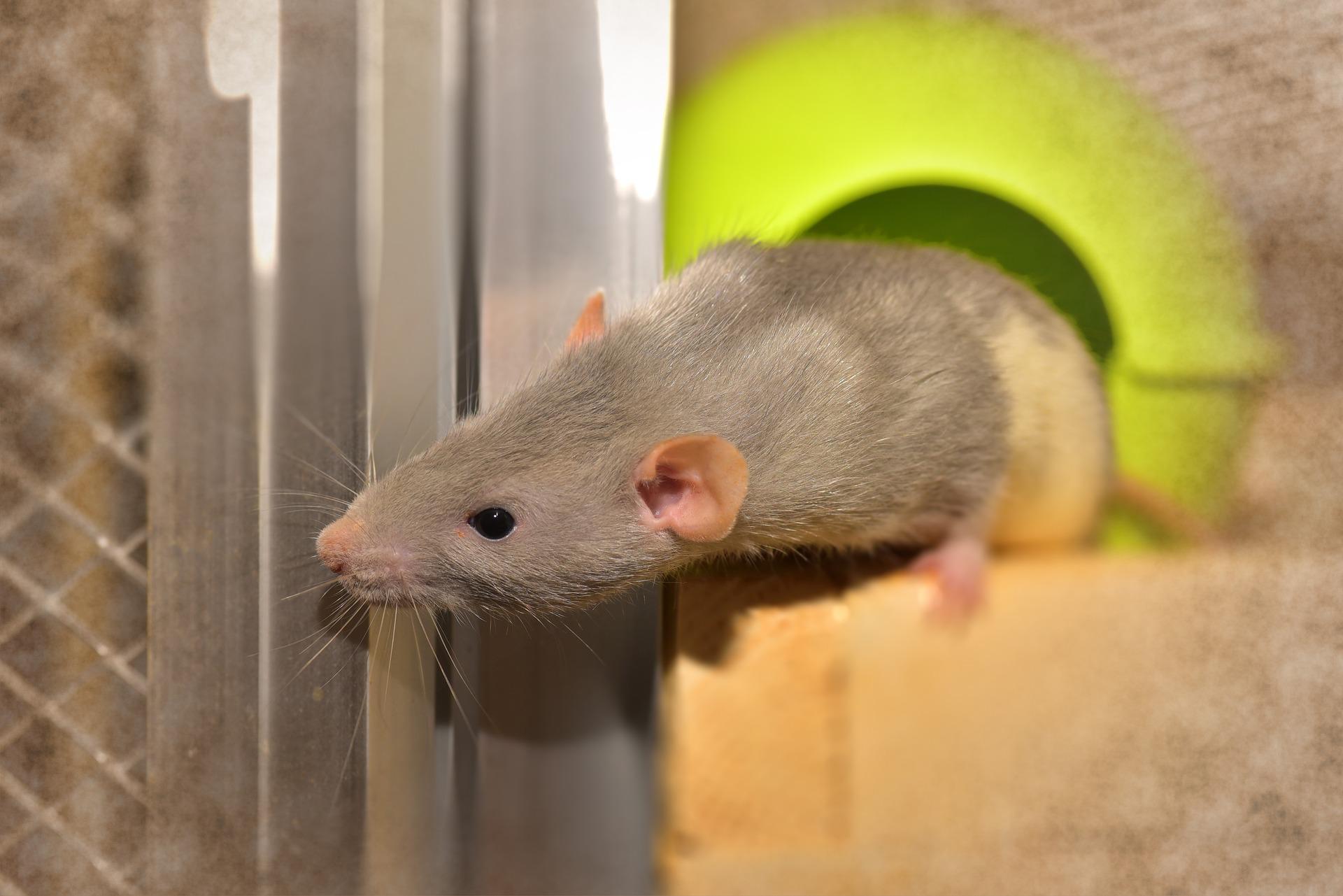
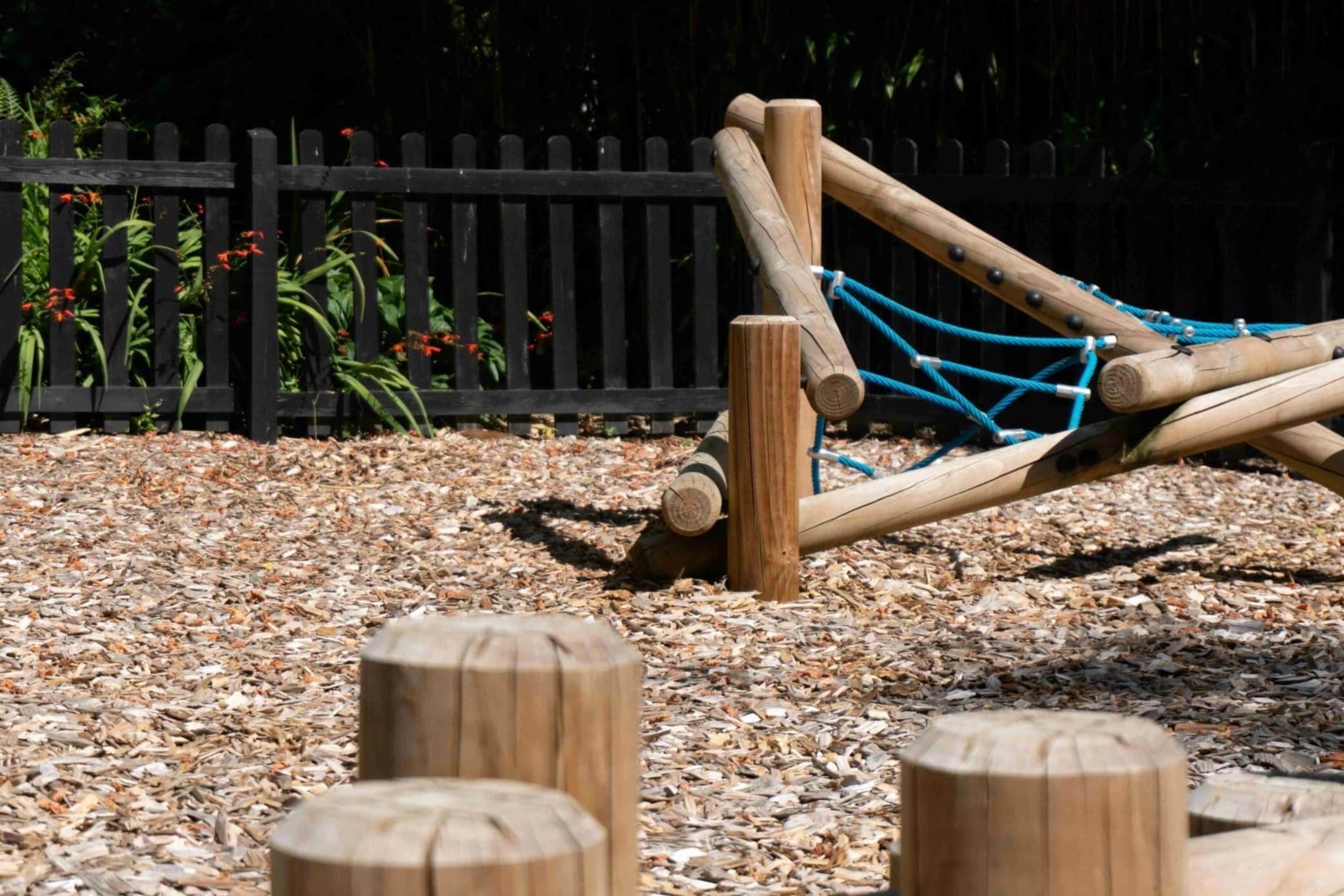
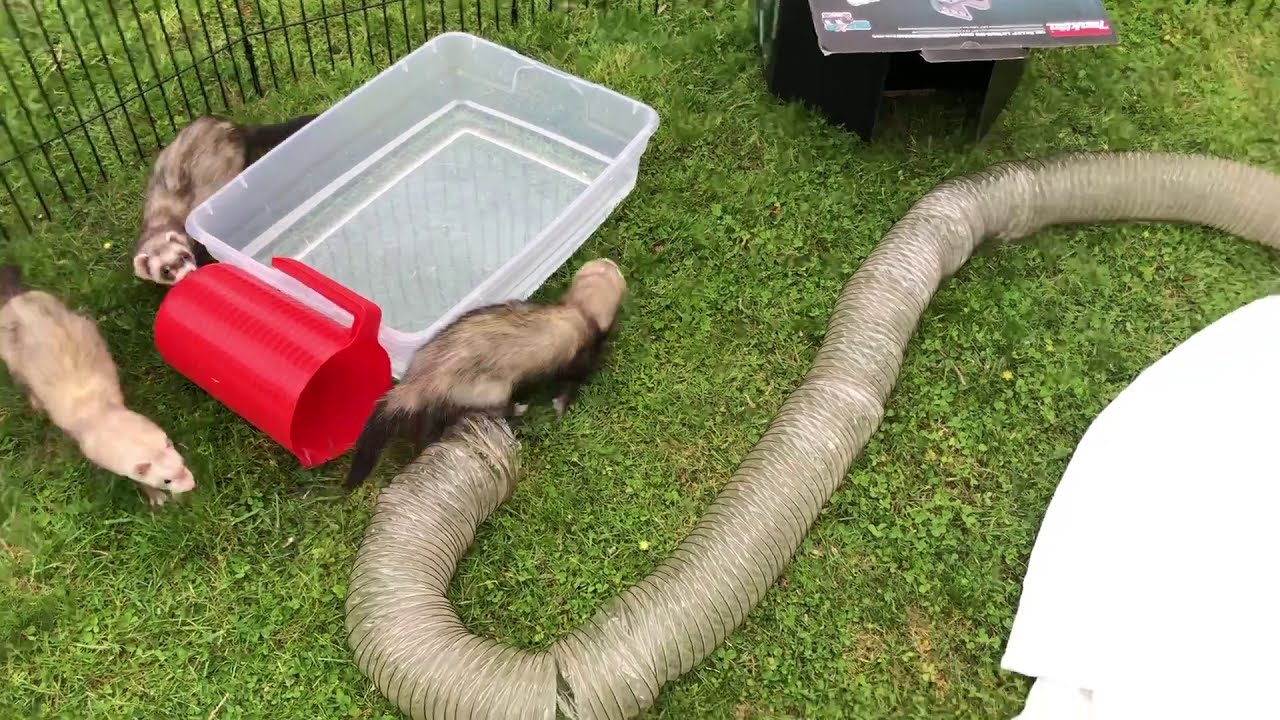
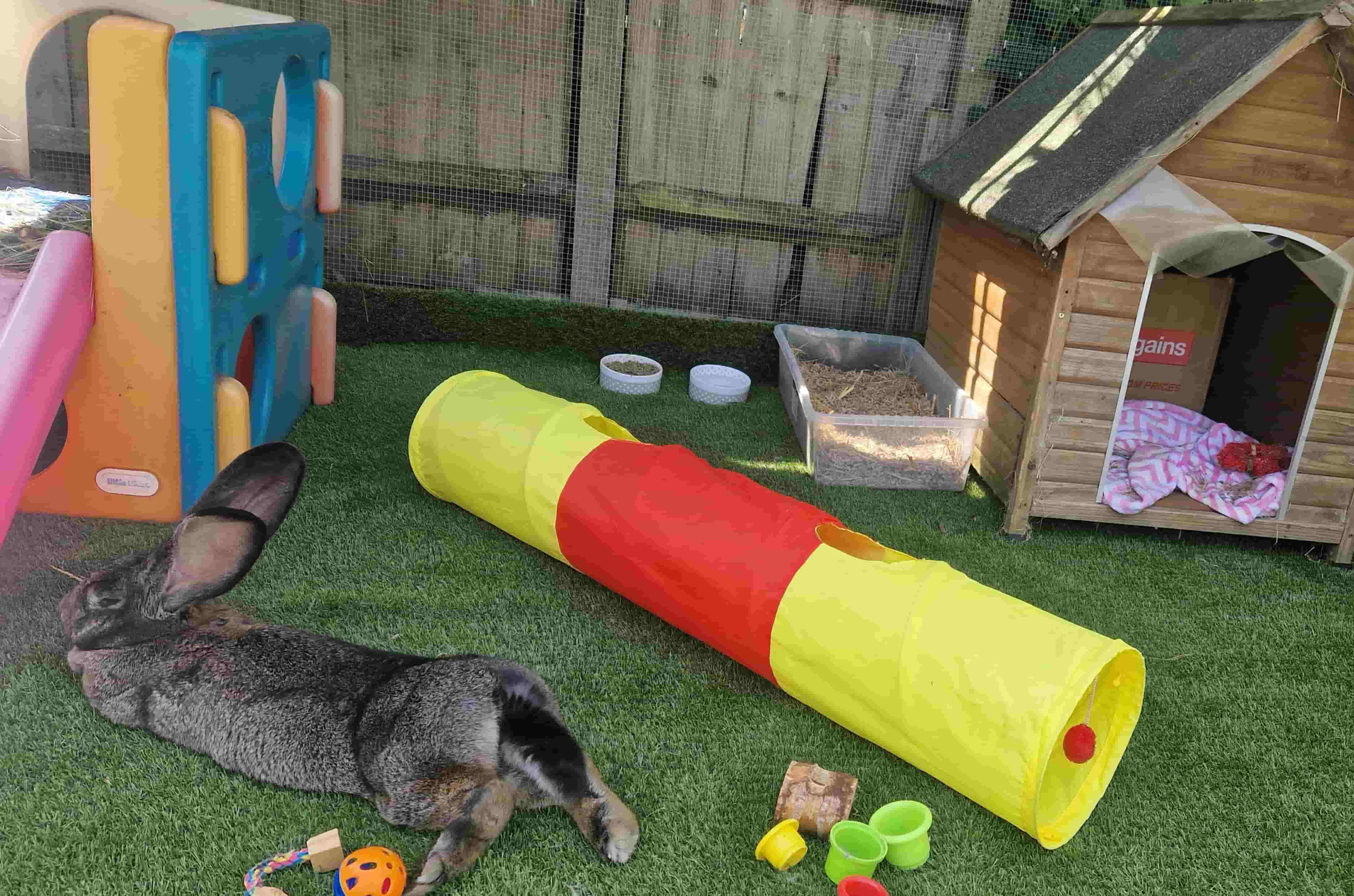
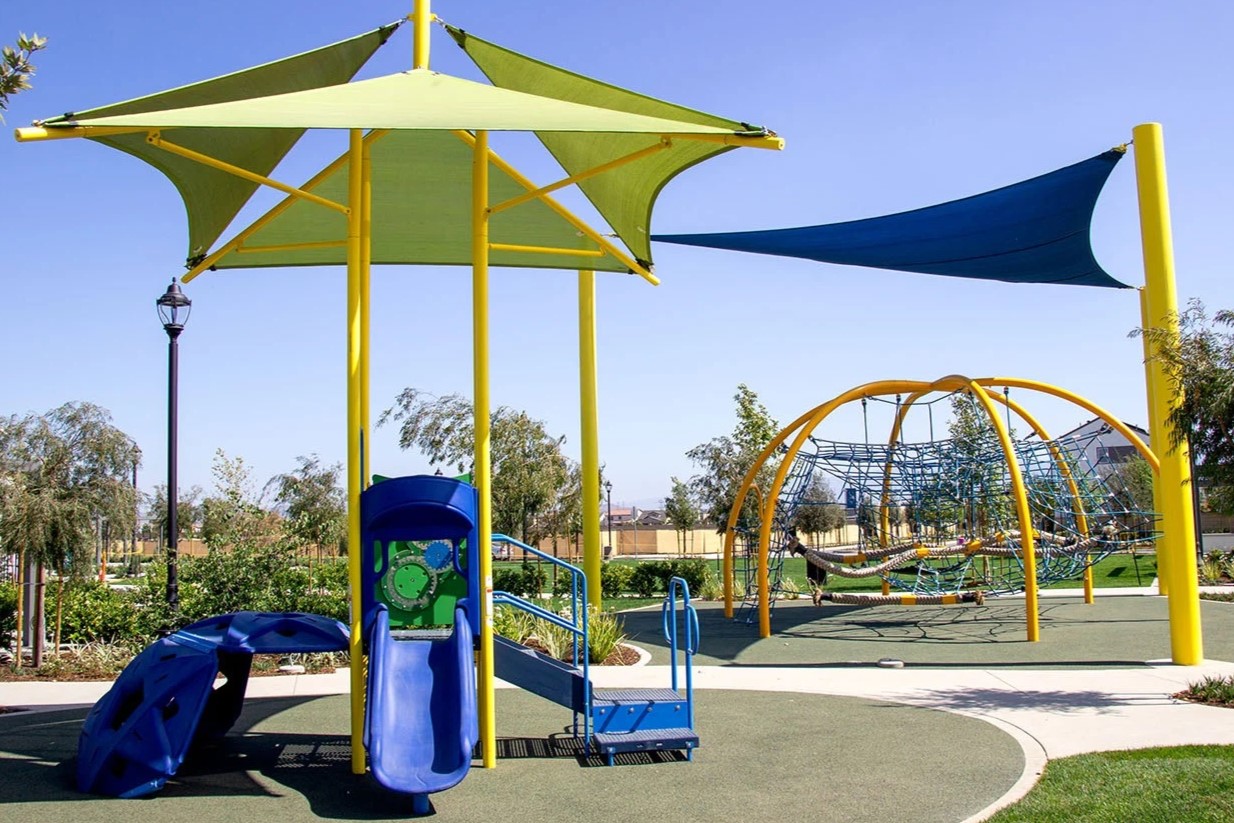
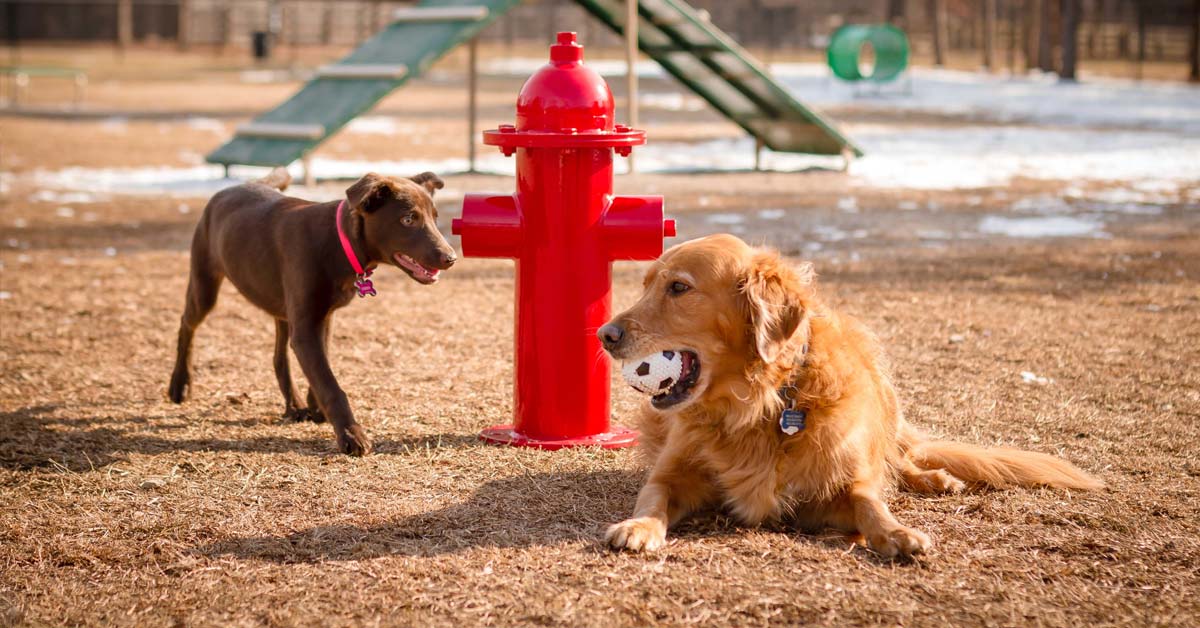

0 thoughts on “How To Set Up A Puppy Play Area”